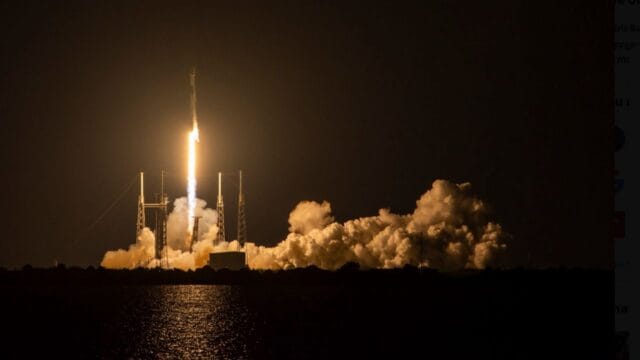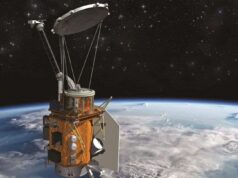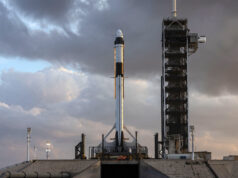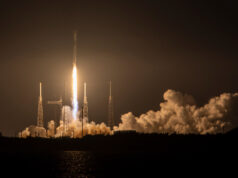
A pre-dawn spectacle unfolded over Cape Canaveral Space Force Station as SpaceX launched another batch of Starlink internet satellites into orbit. The rumble of the Falcon 9 rocket echoed across the Florida coast, marking another successful mission in SpaceX’s ambitious project to blanket the Earth with high-speed internet coverage.
This launch was particularly noteworthy for its early morning liftoff. Having witnessed several SpaceX launches in person, I can say that the pre-dawn launches create a unique spectacle. The fiery plume of the rocket engines against the dark sky is simply breathtaking. It’s a powerful reminder of humanity’s drive to explore and innovate.
A Constellation Taking Shape
SpaceX has been steadily launching Starlink satellites since 2019, with over 4,000 currently in orbit. These satellites operate in low Earth orbit (LEO), providing high-speed, low-latency internet access to even the most remote corners of the globe. This has significant implications for bridging the digital divide and connecting underserved communities.
This mission, designated Starlink 6-68, adds another crucial piece to this growing network. Each launch brings SpaceX closer to its goal of providing truly global internet coverage, with services already available across [Number] countries and expanding rapidly.
Falcon 9: A Workhorse of Space Exploration
The Falcon 9 rocket has become a symbol of SpaceX’s success. Its reusable design has revolutionized space travel, making it more affordable and sustainable. The first-stage booster used in this mission has already flown on [Number] previous missions, demonstrating the reliability and cost-effectiveness of SpaceX’s technology.
During this launch, the Falcon 9’s first-stage booster successfully landed on the droneship “A Shortfall of Gravitas” stationed in the Atlantic Ocean. This marks another successful recovery for SpaceX, further streamlining their operations and reducing costs.
Looking Ahead: The Future of Starlink
SpaceX has ambitious plans for Starlink. The company aims to deploy thousands more satellites in the coming years, further enhancing coverage and capacity. They are also developing next-generation Starlink satellites with even greater capabilities, promising even faster speeds and lower latency.
Beyond providing internet access, Starlink has the potential to revolutionize other industries. From disaster response and remote sensing to scientific research and space exploration, the applications of this technology are vast and far-reaching.
Experience the Launch
For those who couldn’t witness the launch in person, SpaceX provided a live webcast on their website and YouTube channel. The webcast featured stunning views of the launch, along with commentary from SpaceX engineers and mission control.
If you’re ever in Florida, I highly recommend visiting the Kennedy Space Center Visitor Complex. They offer launch viewing opportunities for SpaceX missions, providing an unforgettable experience.
The early morning launch of Starlink satellites from Cape Canaveral is a testament to SpaceX’s relentless pursuit of innovation. With each successful mission, they are bringing us closer to a future where high-speed internet access is available to everyone, everywhere. This is not just a technological achievement, but a step towards a more connected and equitable world.










